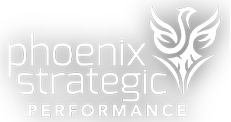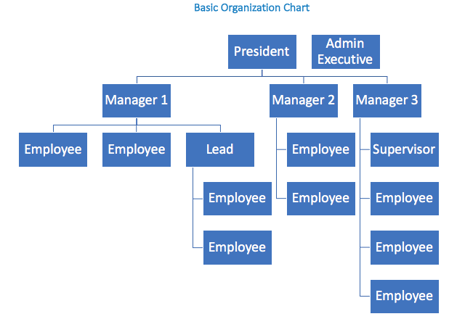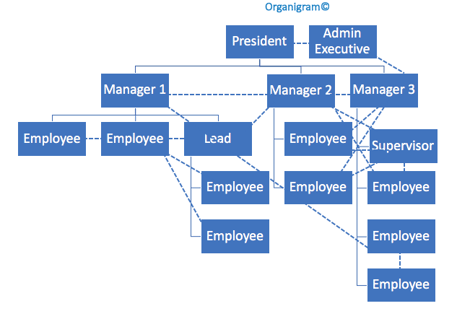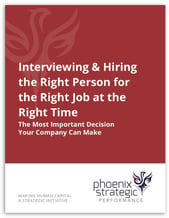Have you ever thought, heard or said the following?
- Organization charts aren’t worth the paper they’re printed on?
- Here is the organization chart, but, let me tell you how it really works!
- Why do we need organization charts anyway – they only reinforce bureaucracy which is counterproductive?
- We can’t figure out how to put together an organization chart that makes any sense
Why Should We Even Bother?
Why do organizations spend so much time putting organization charts together, and why do they rarely display how the organization really works? Because we desperately need to rationalize how the organization works, recognize how work gets done and define how accountability is managed. Without a visual depiction or starting point, we are disorganized around chaos where people are busy (but busy doing what and for whom?) and where accountability is elusive because no one really knows who is responsible. This describes a state of disorganized chaos which is hardly an efficient and effective way to run a business and is frustrating for everyone involved, both managers and employees.
A Retrospective View of Organization Charts
50+ years ago, when the world of work was routine and highly bureaucratic and everyone’s desks were organized into aisles and rows based on levels of work and rank, the organization chart had its place (Yes, organizations really worked like that, and it wasn’t just in the movies!). An organization chart on paper would literally mirror what the desks and the workplace looked like. Work followed the military standard of command and control, and heaven help the employee who broke the organized chain of command. A traditional organization chart did work in that world. Growth was incremental and planned, and most work was standard and routine.
Enter Today’s Work Reality – The Matrix Organization
Today, our current dilemma is that we attempt to shoehorn today’s two or three-dimensional realities into a one-dimensional, static organization chart that is no longer relevant.
Today, people work in matrixed organizations where they work with and communicate with other employees across functional lines. They may have a boss they work for, but also multiple ‘bosses’ and colleagues outside their ‘organization line’ with whom they do a significant amount of work and to whom they are accountable. Employees today serve multiple bosses and work flows through multiple functions. We call this the matrix organization. Matrix organizations do not conveniently fit our one-dimensional organization charts, and when they are forced into it, the results sound like one of our initial comments:
“This is our organization chart – but let me tell you how it really works.”
Today’s organizations are dynamic and organic. They shift and change continually to meet competitive market demands and accelerated growth challenges. Employees operate in networks within networks which are in a state of change. So how can the traditional organization chart try to capture the functioning nuances of today’s dynamic work environment? The simple answer is, they can’t. Does that mean that we throw them out all together? That would be advocating chaos. Instead, let’s consider a new multilayered approach to address the statement, “but let me tell you how it really works.”
The ‘Organigram’© Challenge
Using the below traditional organization chart as your starting point, create your basic reporting lines and work relationships.
Then the fun starts. With dotted lines, begin to connect how people interact, communicate, work on multifunctional tasks and ad hoc teams across functional lines. This helps you see how your organization maps itself to the functioning networks called netmapping. You will see how your true organization begins to evolve from the static and traditional organization chart into the more dynamic ‘organigram’. This will give you a more realistic view of how your organization really works. It will also identify the people who are the critical links within your organization and the ‘go to’ people who end up multitasking for multiple groups and work functions. Here is an example of an ‘organigram’.
Are You Ready for the Challenge?
Is it time for your organization to take the Organization Chart Challenge and move from yesterday’s organization chart to today’s ‘organigram’?
If you would like to speak to one of our team members about how to most effectively structure your organization, we invite you to schedule a complimentary consultation.







